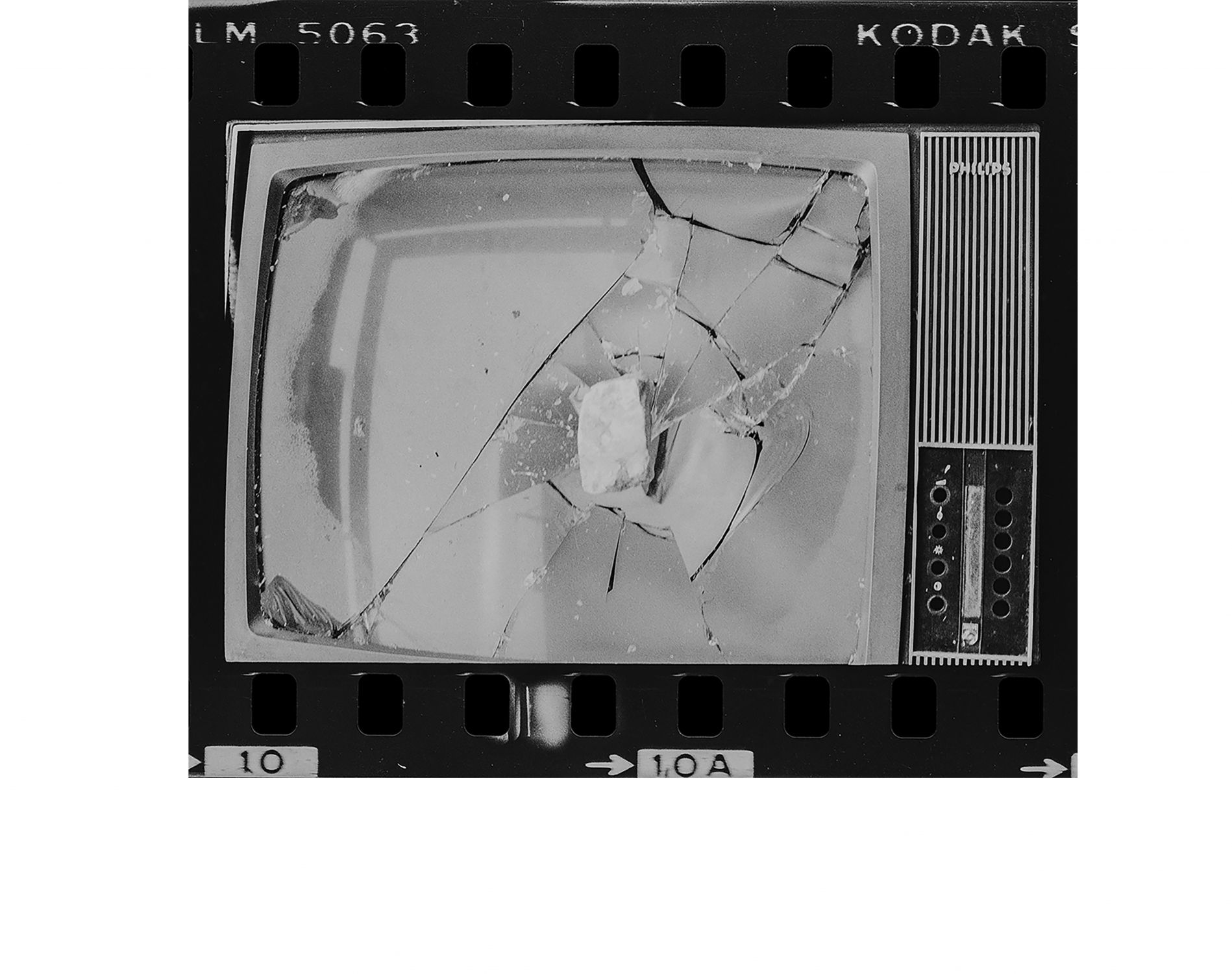Preamble
Sofia Gonçalves
The man who was almost lost in the footnotes
but was rescued in time to be included in the bibliography
Towards a Revised and Augmented Edition [1]
What does a nomad carry? I ponder this question while I’m simultaneously facing a huge quantity of notes, observations, texts, quotations, epigraphs, pictures — random content, with unlikely or impossible links, of disparate and dissonant nature. But what is all this for? If they were all objects, it would mean that this room, in which I’m now writing, wouldn’t be big enough. If they were people, we would once again be moving towards the tragic conclusion of the Tower of Babel.
Confronted by this great pile of information, I’ve decided to write this text, before I begin this series of publications as a resident author of Wrong Wrong magazine — as a strategy to uphold the integrity of the process. I don’t know/doubt (at this precise moment) that this will deliver the best results.
The expression «Revised and Augmented Edition» (R.A.E.) defines the program of this residency. It appropriates a traditional publishing jargon and uses it as a hypothesis for contemporary editorial practices that view publication, in all its phases, as a space for writing, as a process that never foregoes creativity and criticism. I transcribe the topical units that, albeit only potentially, underlie its statement of intentions.
a) R.A.E. expands, not because it increases, but above all because it opens a space between.
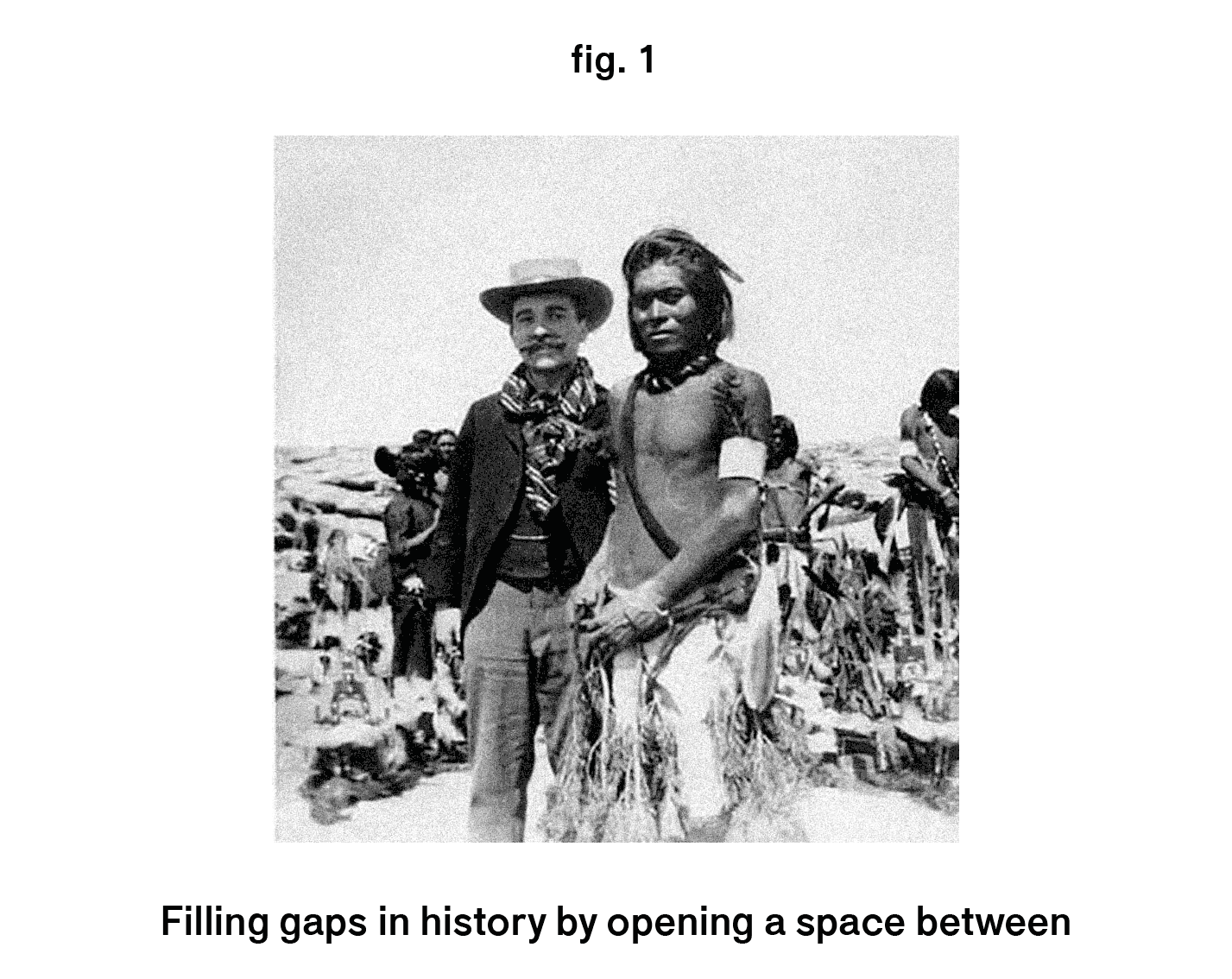
b) It doesn’t follow the paths of specialization. As an amateur, it retrieves ideas from the scientific understanding of others, in order to form its own non-science.
It is a non-scientific variant of topology, the science that deals with elastic surfaces, with objects, by tracing the relations between them, regardless of their size; it’s also known as the science that «harvests beyond». From the perspective of topology, or scale-less geometry, a cube is identical to a sphere and both differ from a teacup. For the process of topological-editing, a text is identical to an image, but both are different from a scarf (they both wrap us up, but not in the same way).
We can say that it adopts (another) geometry of editing: it prefers parallel or equidistant speeches but admits editing as an evidence of non-Euclidean theorems that tell us that two parallel lines always meet on the infinite.
It adheres to topography, the art of representing the configuration of land on paper, including all its surface mishaps. Its text, which is fragmented into topical units, is susceptible to the surface details suggested to it by the space of the page — as a topographical unit.
From time to time, it prefers archaeology: of the hard-drive, of the library, of memories, of things that one hears while other speak, to the places we’re transported when other speaks, of Excel keywords and endless copy-paste operations, of books that arrive in the post, of oblique glances, vagabonds wandering through the geography of the city and the page.
What does it remember from studies of flora, it recalls grafting; of sound composition, sampling, remixing. From cinema, it adopts the «montage of attractions» or Eisenstein’s theory that montage is conflict[2] and it believes in the «Kuleshov’s Effect» when taken to its ultimate consequences (therefore it prefers to remain aloof). In its questionable scientific outlook it observes Newton’s phrase, «hypotheses non fingo» (I feign no hypotheses), i.e. scientific supposition as a form of fictionalising.
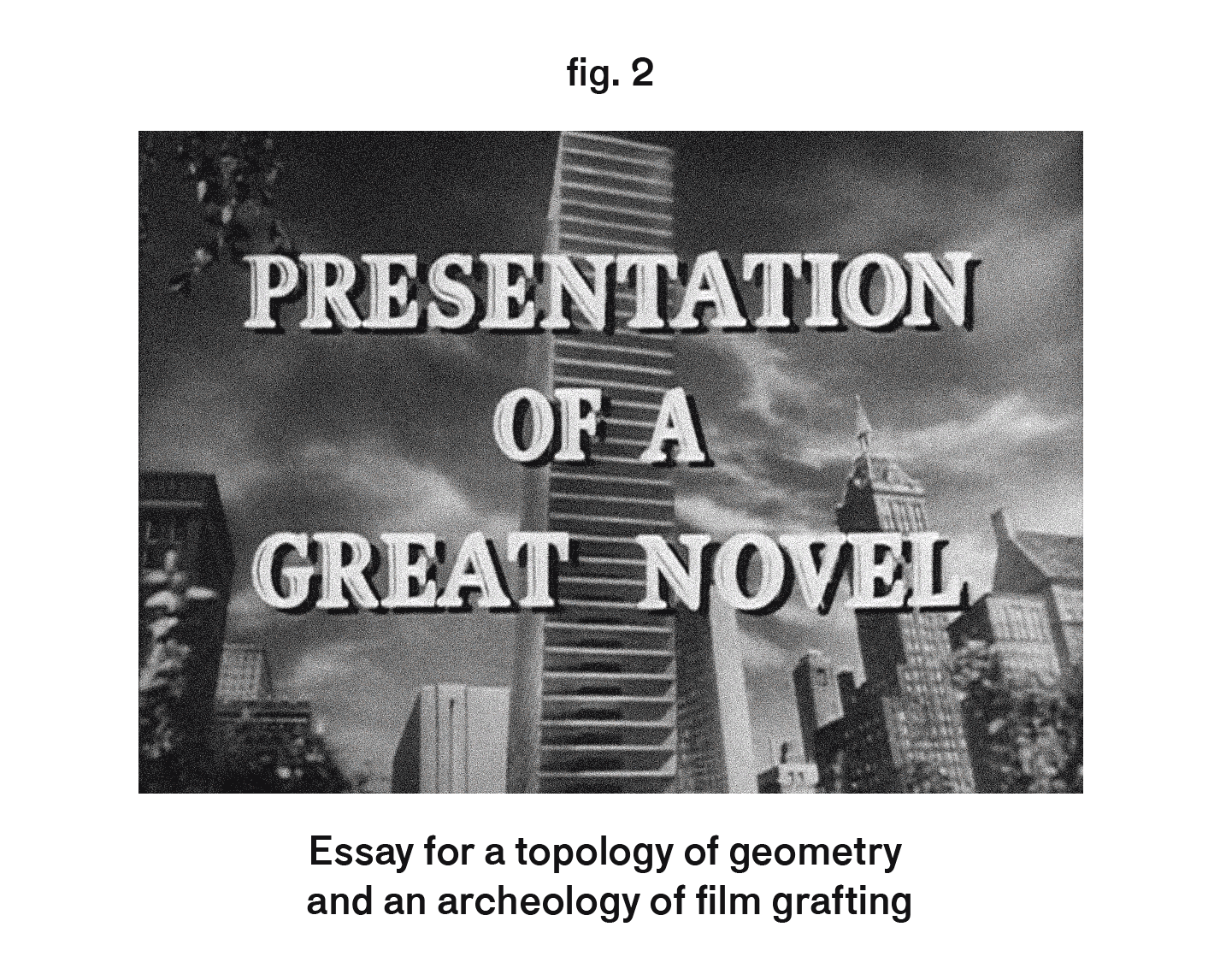
c) It retrieves instincts — from domesticated behaviour to wild reaction.
d) Its muse is the interval or any other time-period in which meaning is suspended. It prizes the gap, that which is marked as being empty. It lies between the spoken and the unspoken. It removes from context, in order to locate, and is placed before the mistake or the deception of the fragment.
e) R.A.E. is determined but is not deterministic. Its mission is to transport the publication towards a no man’s land. The path, from page to page, reveals the power of the anti-sequence, governed by improvisation, juxtaposition and induction. It stimulates guerrilla warfare between continuous thought and aphoristic thought. It proclaims the free association of ideas, enabling the editorial narrative to fire at unexpected moments. «A ‘tendency for a form’ has given way to another»[3].
f) It simultaneously searches for anchor and sinking points between content and fosters editing as a tension of opposites: agreement/dissonance, fidelity/infidelity, memory/forgetfulness, strangeness/familiarity, theory/practice, document/fiction.
g) It’s neither efficient nor functional. It prefers procrastination: the editorial process has learned how to handle the guilt of endless searching, that doesn’t know where it’s going and only seems to avoid the fact that one ultimately has to begin to edit, to define the layout, typography, pagination, proofreading (and all the preceding or subsequent actions). It’s a tribute to the unnecessary.
h) It adopts Paul Valéry’s motto as its methodology: «Attentive to random events, from which it must select its food.» It doesn’t like single paths and quickly adds another maxim: «The poetic means gathering». (Heiner Müller).
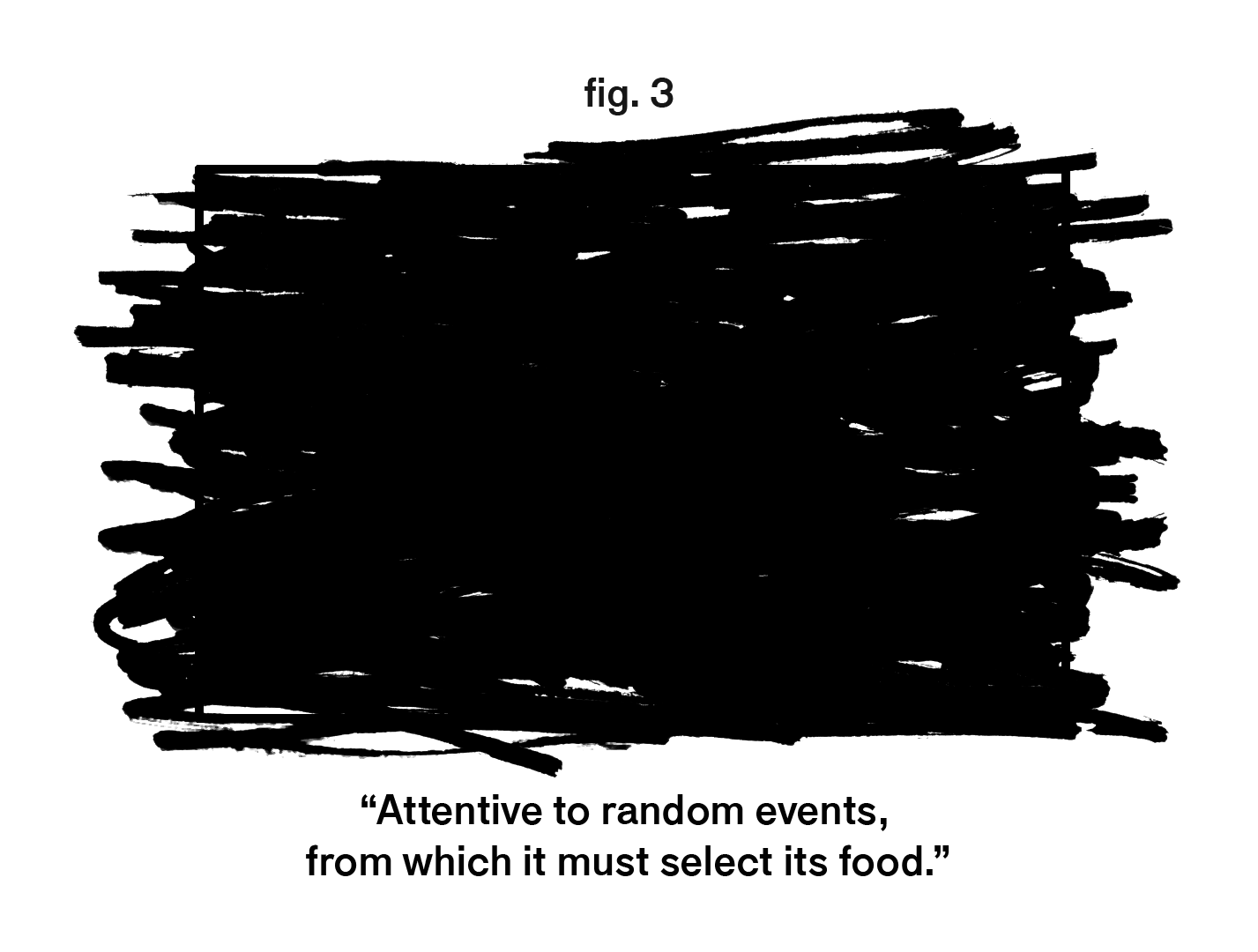
i) It’s the devil’s advocate, within the territorial dispute between the autonomous spaces of writing, publishing and reading. It prefers the ambiguities of these gestures over the exaltations of authorship, the authority of the editor or the sovereignty of the reader. Essentially, this edition is written as it is read. The editing reads a text, positions and evaluates it over a network of other texts. As a polymorphic and polyphonic construction of writing and reading, this text is the origin of other possible structures that are only achieved through the reader’s path.
j) R.A.E. once read that the art of editing involves making and maintaining order; it therefore deduces: an order can be built that shatters editing conventions.
k) It signs the petition that favours editing as an artistic genre or as a «restless genre»[4]. It recognises itself as the remains of the enterprise of the science of editing[5].
l) It feeds existential doubts between the form of editing or editing as form. The layout is its agent provocateur in order to foster an editorial rhetoric that naturally expands towards the formal structures of the publication. It raises the hypothesis of a writing that acts with the page, rather than upon the page; a form of reading that reads the page, rather than through the page, that is obviously based on that which is read, but also on the manner in which it is read; that is attentive to the second text imposed by the page.
m) It situates itself either within the monumentality of the Extreme Long Shot or the introspection of the Close-Up. The middle ground — as a way of organizing the world — is of no use to it, and isn’t found in its pages. Similarly, it combines found footage with original material (including personal readings, slow appropriations and the writing of others). Before the voracity of the new, it discovers, in the process of appropriation, the possibility of eternal recurrence, an effective method to counter the proliferation of new publications — as a reaction to everything that has been published, as a process of recovery of avant-garde speeches, as operative revivalism, as a form of manipulation of natural and cultural orders.
n) It stimulates arm-wrestling. It admires footnotes that confront the main text or images that require the text to be re-read and which corrupt its primacy.
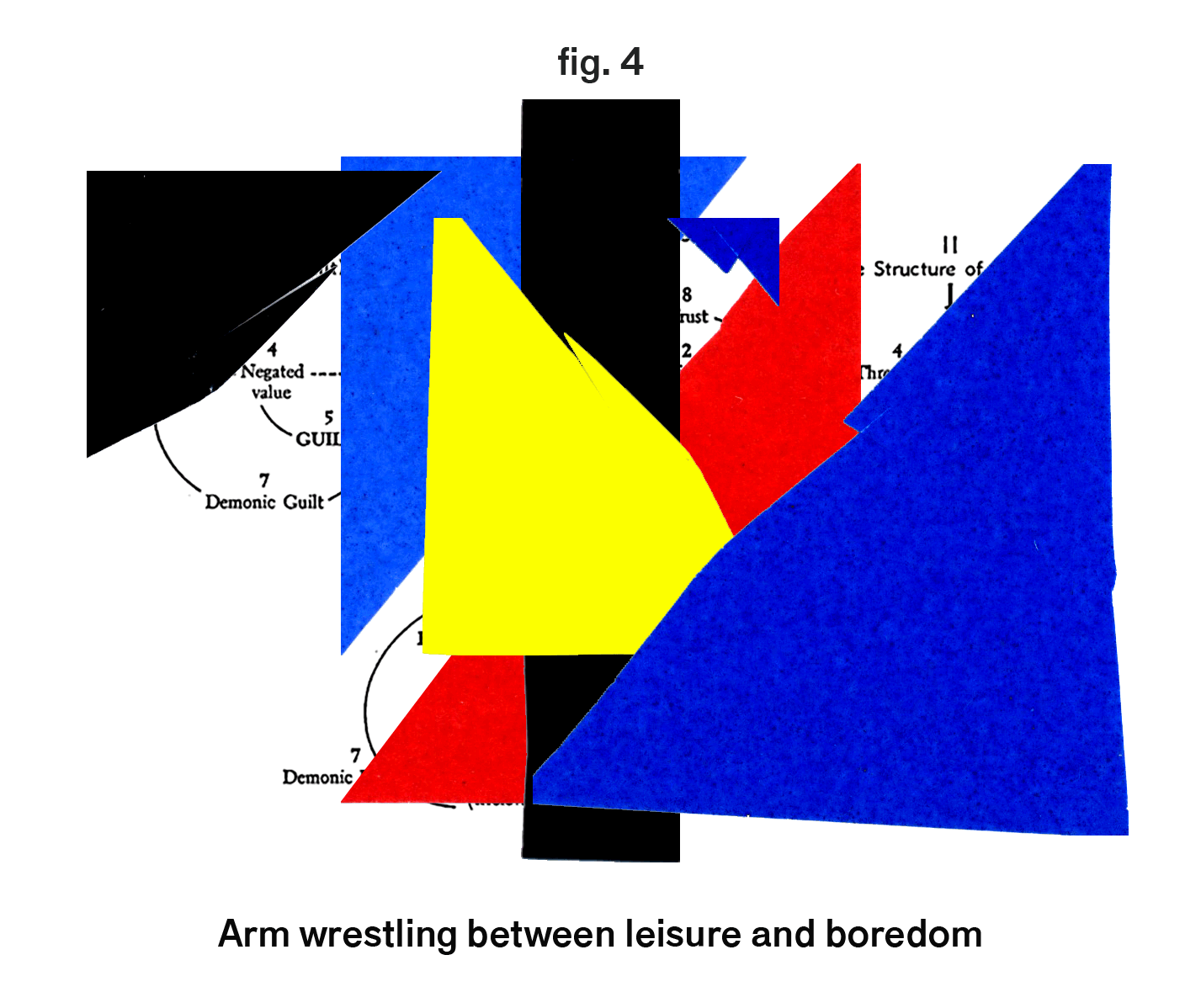
o) It makes natural use of the migration of ideas. It recognizes the unlikely mixture as an explosive mixture. It views the publication as a conglomerate that situates artistic production, not by the design of its biography or zone(s) of influence, but by a fictional genealogy of ideas. It views publication as a space of affection or encounter, of geographically or historically impossible dialogue, between authors who don’t know each other, who argue, who don’t speak the same language.
In short, Revised and Augmented Edition seizes everything that allows it to move the contents from their origin. At the same time, it finds new territories for these contents, coaxing them into a nomadic state, and providing them with new arguments for their dissemination, ultimately the possibility to forego a single meaning for the text or work.
NOTE
This text is a revised and augmented edition of a previously published essay in the book Curators’ Lab (2013). Published for the first time, the images contribute greatly to the concept of «augmented» and anticipate the modus operandi of the following publications under the motto «Hard drive eulogy: to edit vaguely forgotten objects.» All images are forgotten objects of Sofia Gonçalves’ hard drive:
fig. 1) Photography of Aby Warburg and a Pueblo Indian (1895);
fig. 2) Frames of The Fountainhead (King Vidor, 1949) and Zabriskie Point (Michelangelo Antonioni, 1970);
fig. 3) Image in Cahier du Cinema 300 (1979);
fig. 4) «The Structure of Boredom» in The Structure of Awareness (Thomas C. Oden, 1969).
Footnotes
- ^ This title is a result of the reading/appropriation of a sentence by Masud Zavarzadeh, «The Critic as Conservator: Paracriticism and beyond» in Poetics Today, Vol. 3, N.º 3, «Poetics of the Avant-Garde» (Summer 1982), pp. 47-63. This essay is a revised and augmented version of the homonymous text published in Vaz-Pinheiro, Gabriela, Afonso, Lígia and Seixas, Luísa (eds.). (2013). Curators’ Lab. Guimarães: Guimarães, European Capital of Culture 2012. Original translation by Martin Dale.
- ^ EISENSTEIN, Serguei. (1929). «Beyond the Shot [The Cinematographic Principle and the Ideogram]» in BRAUDY, Leo and COHEN, Marshal (eds.), Film Theory and Criticism. Oxford: Oxford University Press, 2004, pp. 14-15.
- ^ KUBLER, Georges. (1962). A forma do tempo. Lisbon: Vega, 1991, p. 51.
- ^ Following the thesis of BARRENTO, João. (2010). O Género Intranquilo. Lisbon: Assírio & Alvim.
- ^ Recovering the meaning of the essay by ADORNO, Theodor. (1958). «The Essay as Form» in The Adorno Reader. Oxford: Blackwell Publishers, 2000, pp. 3-23.
